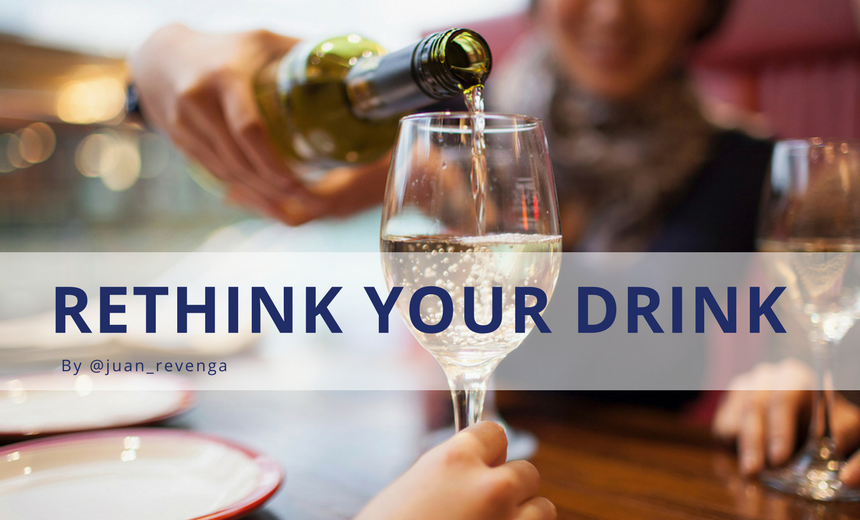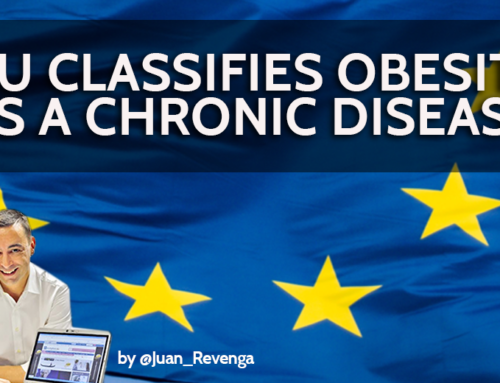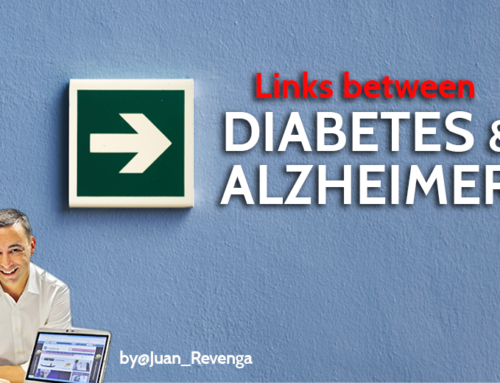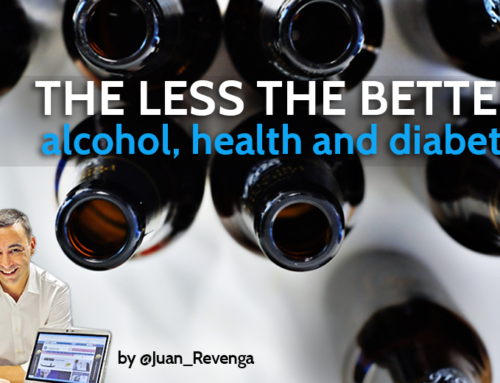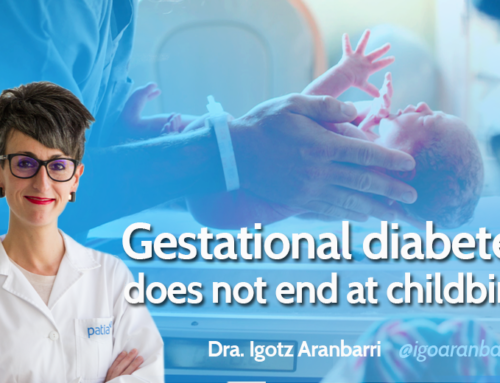It´s not just what we eat, beverages also count (a lot)
Let´s be honest, we don´t usually pay attention to beverages. We are too focused on the food we eat, so much that when it comes to beverages we think it is not part of our diet. That´s a mistake, a big mistake.
Let´s be honest, we don´t usually pay attention to beverages. We are too focused on the food we eat, so much that when it comes to beverages we think it is not part of our diet. That´s a mistake, a big mistake.
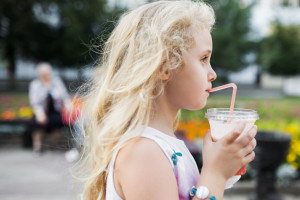 According to The American Journal of Clinical Nutrition, in the last 40 years the United States population has increased their caloric intake by 150 to 300 kcal per day. And we can´t fool ourselves; the pattern of diet around here is pretty much the same. Although we are so proud of the Mediterranean diet, the truth is that our lifestyle is absolutely westernized, within all its features, and excessive caloric intake is one of them.
According to The American Journal of Clinical Nutrition, in the last 40 years the United States population has increased their caloric intake by 150 to 300 kcal per day. And we can´t fool ourselves; the pattern of diet around here is pretty much the same. Although we are so proud of the Mediterranean diet, the truth is that our lifestyle is absolutely westernized, within all its features, and excessive caloric intake is one of them.
The same source informs us that approximately 50% of the extra calories come from the consumption of calorically sweetened beverages: call it sport drinks, sodas, soft drinks, milkshakes, energy drinks, you name it. We are not aware enough of liquid calories. Nowadays we drink more of these beverages, and bigger amounts of them too. This reality affects both adult and children.
The current situation in Spain matches many sides of this issue. This publication (Fluid intake from beverages in Spanish adults), publication brought to light that more than 50% of the study population had a fluid intake below the EFSA (European Food Safety Authority) recommendations for total water intake. A similar study Fluid intake in Spanish children and adolescents, concluded that plain water consumption in children and adolescents should be promoted in order to fulfill the fluid needs without increasing caloric intake.
Empty calories all day long
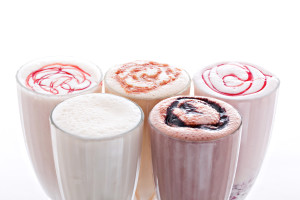 In the end, a huge portion of our life is absorbed by the mass media environment that pushes us to intake of so-called “empty calories” like candy or snacks, sodas or alcoholic beverages. All those items are ingested, as we´ve already seen, with a particular tolerance.
In the end, a huge portion of our life is absorbed by the mass media environment that pushes us to intake of so-called “empty calories” like candy or snacks, sodas or alcoholic beverages. All those items are ingested, as we´ve already seen, with a particular tolerance.
Even though it is true that intake soda used to be quite related to fast food consumption, nowadays the landscape has changed considerably. To a large extent the change of this pattern is promoted by the big soda brands. For instance, the present advertising campaign of a well-known soda company in Latin America proves this with the slogan “Juntos sabe mejor” (Together it tastes better). Together refers to the sodas included in everyday meals. In Spain the slogan is even more straightforward: “Meals with Coca-Cola taste better”.
The encouragement to drink anything but water with everyday meals makes a breakpoint in the loss of healthy traditional gastronomic values. Eating spaghetti Bolognese, a caprese salad or a margarita pizza with a soda, a blueberry juice or even a glass of flavored water has very little to do with the Mediterranean diet, despite having cooked the meal at home (something not very frequent indeed).
Alcoholic beverages
Unlike sodas and other sweetened beverages alcoholic beverages are another item not given enough attention regarding energetic value. Moreover, they are all considered foodstuff full of empty calories. In fact, among the most used alcoholic beverages, none has fewer empty calories than any other sweetened beverages:
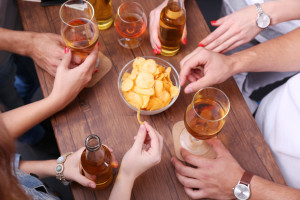 100mL beer = 45 kcal
100mL beer = 45 kcal- 100mL wine = 78 kcal
- 100mL sherry = 124 kcal
- 100mL champaigne = 65 kcal
- 100mL cider = 42 kcal
- 100mL scotch = 244 kcal
- 100mL brandy = 243 kcal
- 100mL gin = 244 kcal
- 100mL anise = 297 kcal
In this way it is easy to verify that, for instance someone who drinks 4 beers per day will have an intake of 600 kcal -empty calories- without even opening his mouth to start eating. Likewise, someone who drinks half bottle of wine will increase their calories intake by around 300 kcal.
So, what shall we do?
Of course, everyone can do whatever they want to. But, considering the relevant information we have to be serious about the decisions we make, all the more since these decisions will have latter consequences in our lives.
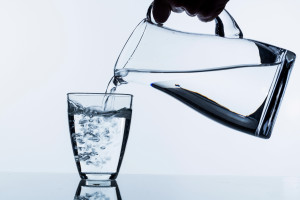 Having said so, if it was up to me, every healthy eating handbook should promote the intake of water with exactly the same emphasis that they put on promoting fruit, legumes or fish, just to mention a few. It goes without saying that those handbooks shouldn´t even mention sweetened or alcoholic beverages.
Having said so, if it was up to me, every healthy eating handbook should promote the intake of water with exactly the same emphasis that they put on promoting fruit, legumes or fish, just to mention a few. It goes without saying that those handbooks shouldn´t even mention sweetened or alcoholic beverages.
Simply put: as a general rule choose to drink water, and for health reasons, also water. And that should always be written in capital letters, never in lower case letters as it´s common to read in the most popular healthy eating handbooks around us.
By Juan Revenga, dietician-nutritionist and biologist
Latest posts by Juan Revenga Frauca (see all)
- Obesity recognized as a chronic disease - 13 October, 2021
- Who said you have to eat everything? - 7 October, 2021
- Diabetes and Alzheimer - 29 January, 2021



